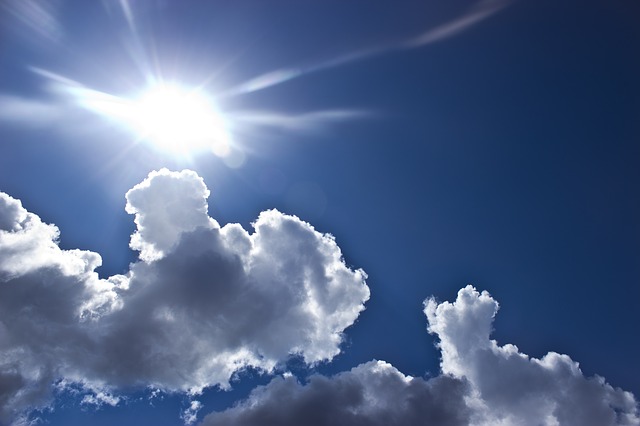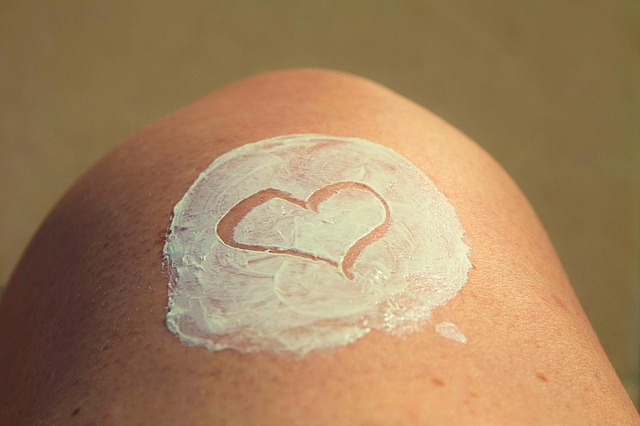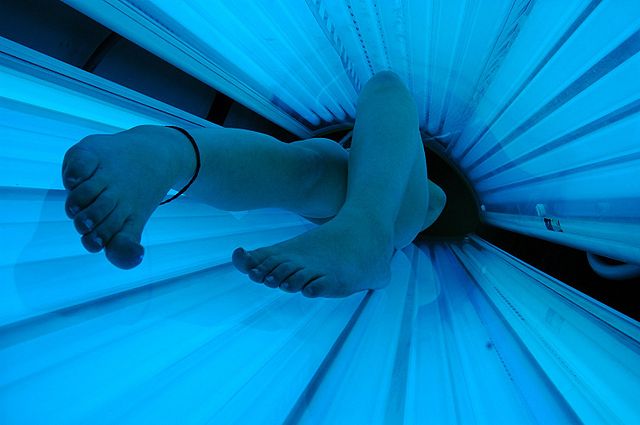When people think of cancer, they may immediately think of some of the types that get a lot of publicity, like lung cancer or breast cancer. However, more people should be aware that skin cancers are by far the most common types of cancers, and 1 in 5 Americans will develop skin cancer before reaching 70 years old. In the United States, more skin cancer cases are diagnosed annually than all other types of cancer combined. Since harmful sun exposure is often responsible for cases of skin cancer, we’ve compiled some sun safety tips this UV Safety Month to help you ensure your time spent outdoors isn’t causing you harm!
What are UV rays and why are they harmful?

UV stands for ultraviolet and describes the types of rays produced by sunlight and other light sources, such as tanning beds and some types of lighting and lasers. UV rays have been demonstrated to increase one’s risk of developing skin cancers, both the basal cell and squamous varieties and the more dangerous melanomas. Now that you have a clear idea of why UV safety is so important, let’s discuss some sun safety tips!
Wear sunglasses and protective clothing
Long-term exposure to the sun can seriously damage your eyes, even leading to blindness in the worst cases. More common are cataracts, which occur when the lens of the eye becomes cloudy. Wearing sunglasses when outdoors can be a very effective way to reduce your risk of developing cataracts. Hats, long-sleeved shirts, and pants are other effective ways of preventing the sun’s rays from damaging your skin.
Apply sunscreen

If you’re going to be spending time outdoors, it’s important to wear sunscreen. The higher the SPF, the better the sun protection, but at a certain point the additional value provided by higher SPF becomes minimal. Experts recommend a minimum of SPF 30. Additionally, it’s important to ensure you’re using sunscreen properly. This means reapplying 1 ounce of sunscreen every two hours when you’re exposed to the sun, and more often if you’re sweating or swimming. You should also ensure that you’re using the right type of sunscreen. Look for sunscreens that offer “broad-spectrum” protection, meaning you’ll be defended against sunburn and the type of long-term UV exposure that can lead to skin damage and skin cancer later on.
Avoid being outdoors at peak-UV times
The sun’s impact is typically strongest between the hours of 10 am and 2 pm. If possible, it’s ideal to stay indoors during this window. If you’ll be outdoors during these outdoors, try to stay in the shade and make sure you’re properly equipped with sunscreen and protective clothing.
Avoid indoor tanning

Image credit: EvilErin via Wikimedia Commons
Many people still go to tanning salons so they can attain the golden look they desire. Regardless of how happy you may feel about the glow you get from indoor tanning, it’s unequivocally harmful to your skin and should be avoided. One study of over sixty women who had developed melanoma prior to age 30 found that 97% of them had used indoor tanning beds. In fact, more people develop skin cancer from indoor tanning than get lung cancer from smoking.
We hope you found these sun safety tips to be informative this UV Safety Month. Be sure to follow the advice given by medical professionals to keep yourself safe while you enjoy time outdoors! If someone you know is battling skin cancer or is a survivor, you can support the cause by wearing something from our skin cancer awareness gear collection!

No comments yet.